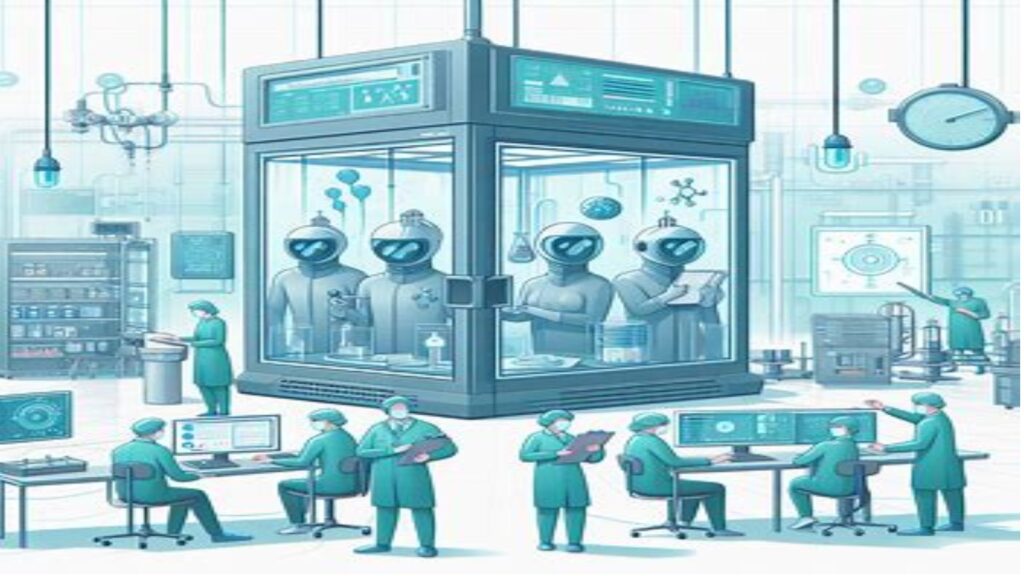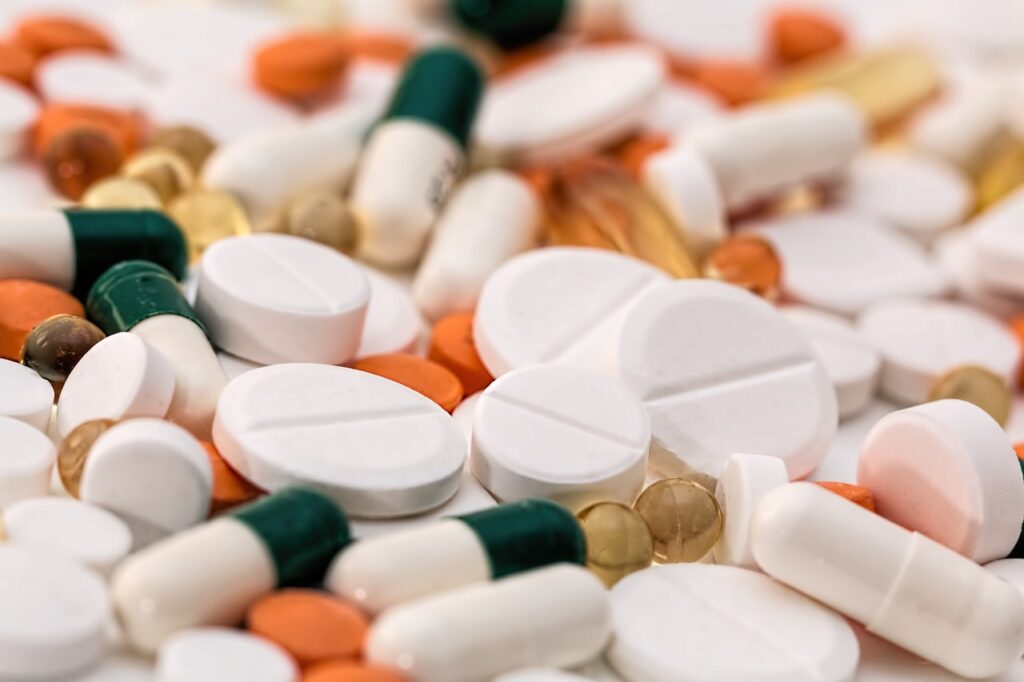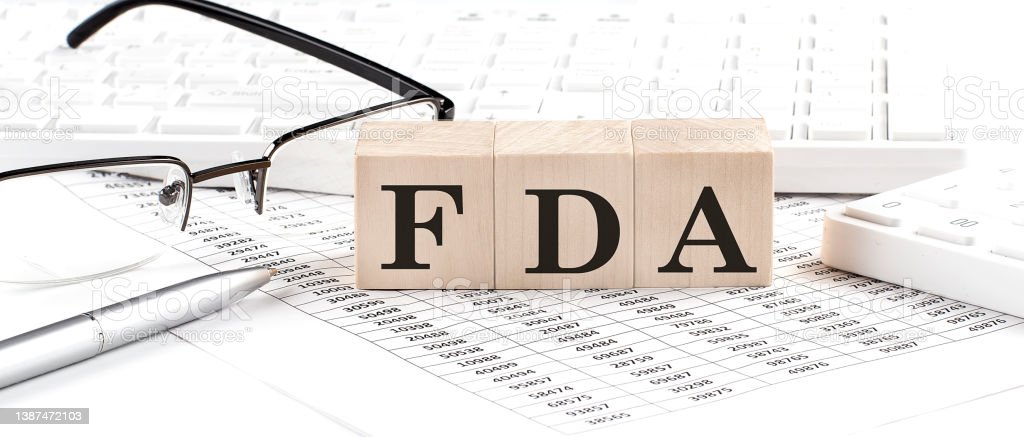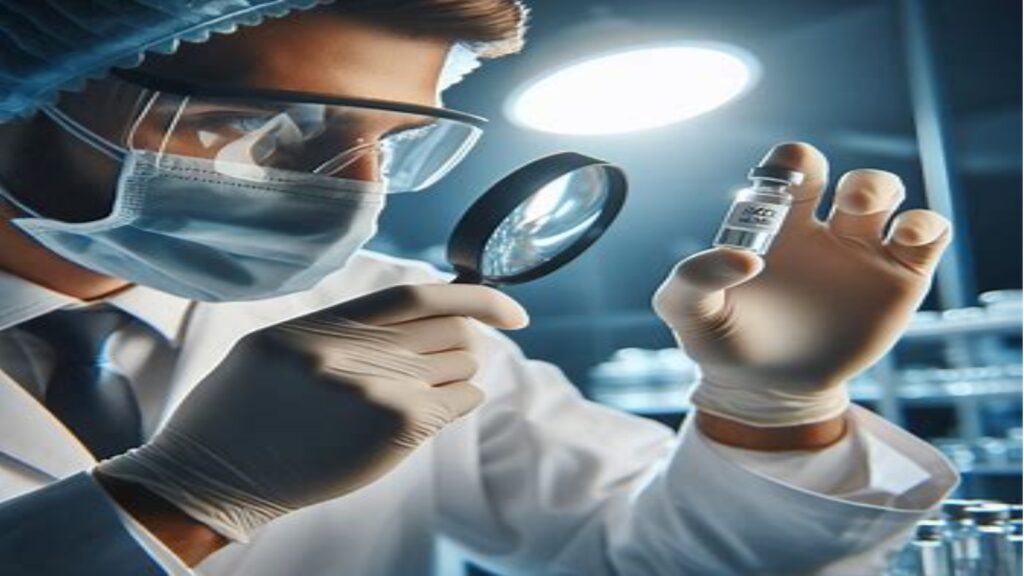1.0 Purpose:
To outline the procedures for the proper management and operation of stability chambers to ensure accurate and reliable stability testing of products.
2.0 Scope:
This SOP applies to all personnel involved in the operation, maintenance, and monitoring of stability chambers at [Company Name].
3.0 Responsibilities:
- Quality Assurance Manager: Overall responsibility for ensuring compliance with this SOP.
- Laboratory Technicians: Responsible for the daily operation and monitoring of stability chambers.
- Facility Manager: Responsible for the maintenance and calibration of stability chambers.
4.0 Equipment:
- Stability chambers (with temperature and humidity control)
- Data logging system
- Calibration equipment
- Temperature and humidity sensors
5.0 Procedure:
5.1 Chamber Setup:
- Ensure the stability chamber is clean and free from any residues before starting.
- Verify that the chamber is calibrated and operating within specified temperature and humidity ranges.
- Place temperature and humidity sensors at appropriate locations within the chamber.
5.2 Sample Preparation:
- Prepare samples according to the established protocols.
- Label each sample with a unique identifier, including the date of placement into the stability chamber.
5.3 Chamber Operation:
- Load samples into the stability chamber according to the established storage conditions.
- Record the start date and time of the stability study.
- Close the chamber door securely to prevent temperature and humidity fluctuations.
- Set the desired temperature and humidity conditions based on the study requirements.
- Activate the data logging system to continuously monitor chamber conditions.
5.4 Monitoring and Maintenance:
- Regularly monitor temperature and humidity levels within the stability chamber.
- Perform daily visual inspections to ensure proper functioning of the chamber.
- Calibrate temperature and humidity sensors as per the calibration schedule.
- Clean the chamber interior regularly to prevent contamination.
5.5 Data Recording and Analysis:
- Record temperature and humidity data at regular intervals as per the study protocol.
- Store all data in a secure location for future reference and analysis.
- Analyze stability data to assess the product’s shelf life and degradation profile.
5.6 Deviations and Corrective Actions:
- In case of any deviations from the established procedures, immediately notify the Quality Assurance Manager.
- Investigate the root cause of the deviation and implement corrective actions to prevent recurrence.
- Document all deviations and corrective actions in the deviation log.
6.0 Documentation:
- Maintain accurate records of stability chamber operation, including calibration certificates, temperature/humidity logs, and maintenance records.
- Ensure all documentation is stored in a secure and accessible manner.
7.0 Training:
- Provide training to personnel involved in stability chamber management on the proper procedures outlined in this SOP.
- Conduct periodic refresher training to ensure compliance with the SOP.
8.0 References:
- Relevant regulatory guidelines
- Manufacturer’s instructions for stability chamber operation and maintenance
9.0 Revision History:
- Document all revisions made to this SOP with dates and reasons for the change.
10.0 Approval:
- This SOP must be approved by the Quality Assurance Manager before implementation.
11.0 Distribution:
- Ensure all personnel involved in stability chamber management have access to the latest version of this SOP.
12.0 Compliance:
- Failure to comply with this SOP may result in product quality issues and regulatory non-compliance.
13.0 Abbreviations:
- List any abbreviations used throughout the SOP for clarity.
- For more articles, Kindly Click here.
- For pharmaceutical jobs, follow us on LinkedIn
- For Editable SOPs in word format contact us on info@pharmaceuticalcarrier.com
- For more information kindly follow us on pharmaguidelines.co.uk











